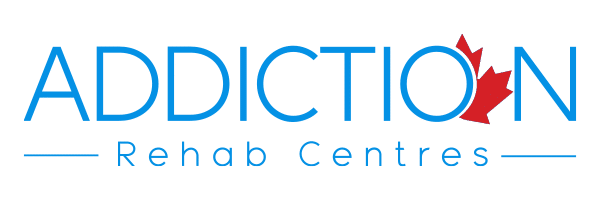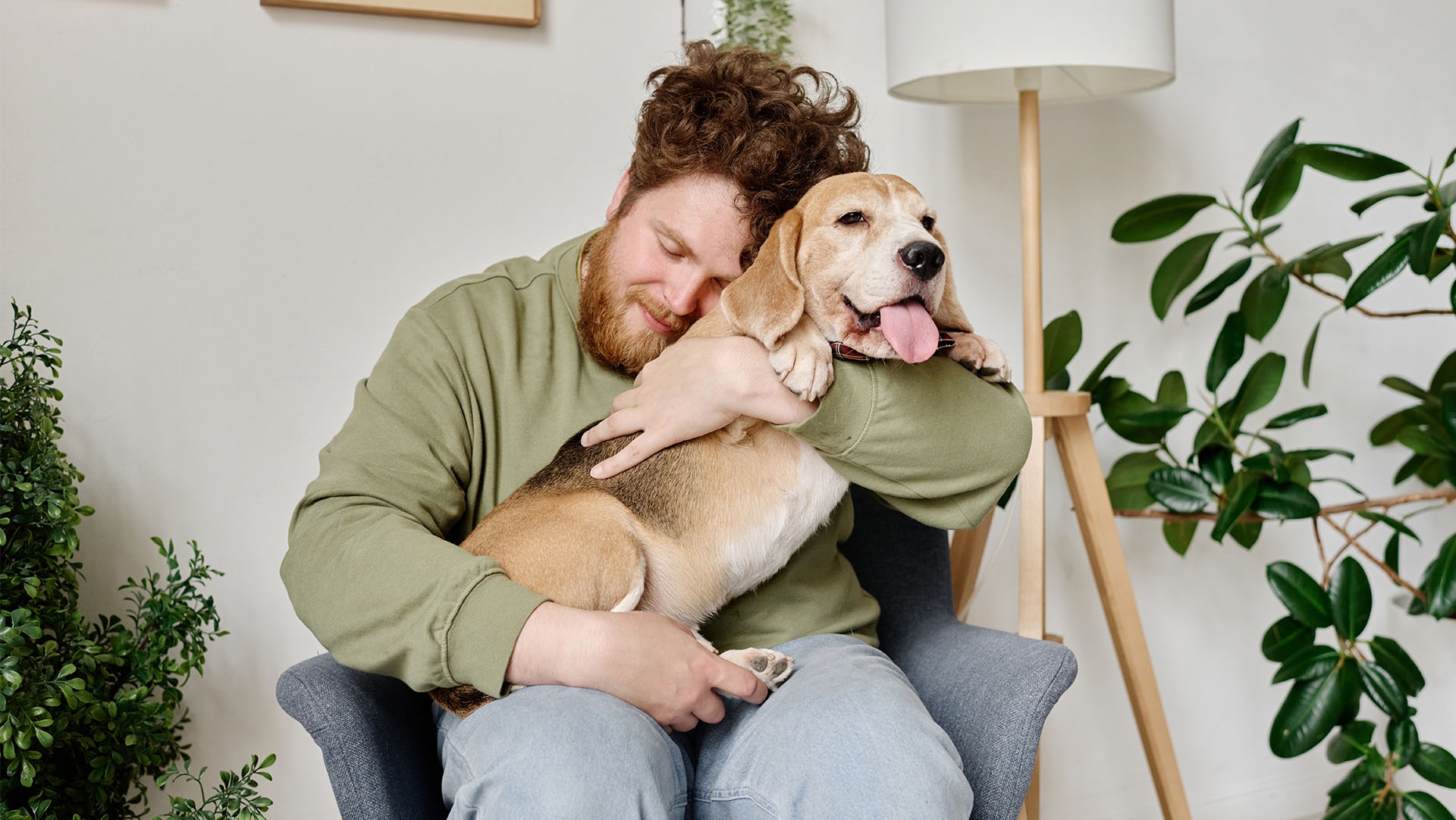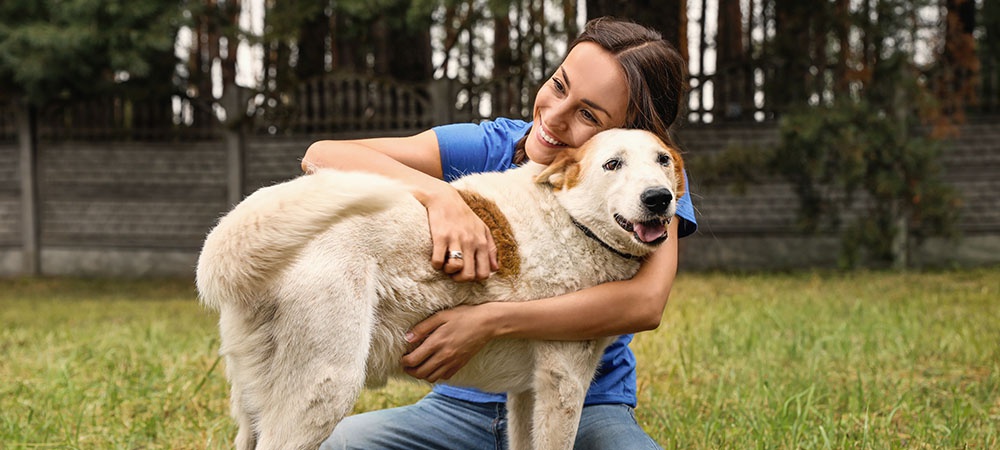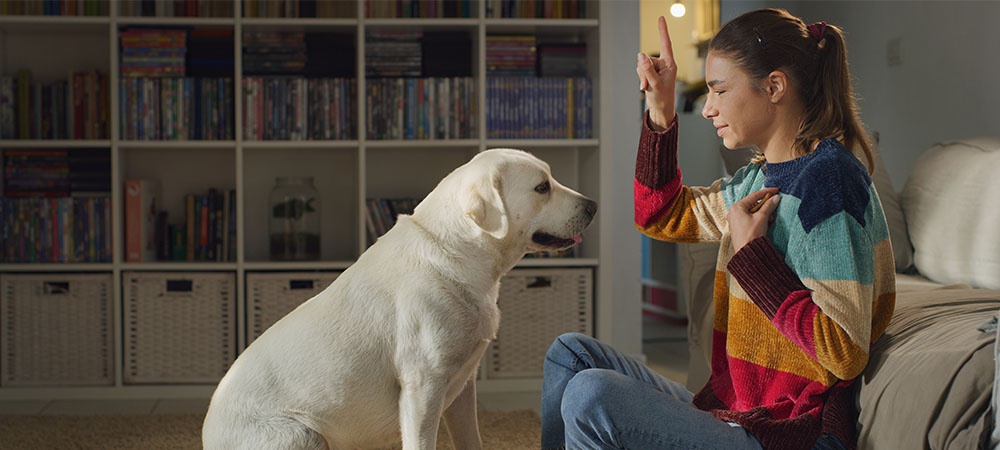Animal Assisted Addiction Therapy
The use of service animals in modern health care has vastly grown over the last decade, and service animals have begun to emerge as a popular addition to more traditional health care in many different situations – addiction therapy is one of them.
Animal-assisted therapy (referred to as AAT) can be used in conjunction with other therapeutic techniques for treating substance use disorders and various substance addictions. AAT is actually an umbrella term that can house various different therapeutic, educational and recreational services that have to do with using animals to assist in ongoing therapy.
Understanding Animal-Assisted Therapy
Animal-assisted therapy can be widely misunderstood because it’s more than just the use of service animals. According to the National Association of Social Workers, there are two main ways animals can be used in a treatment setting: pet therapy and animal-assisted therapy.
Pet therapy is where volunteers can take their well-trained pets to places like hospitals or schools to cheer up people who are dealing with difficult circumstances. You often see this in children’s hospital wings.
Animal-assisted therapy involves a more trained approach where social workers or therapists involve animals in their treatment plans The most commonly known animals used when treating addictions are dogs (canine-assisted therapy) and horses (equine-assisted therapy).
Leslie Stewart, an assistant professor at Idaho State University explained animal-assisted therapy (also known in the industry as animal-assisted intervention) as a goal-directed intervention that is directly tied to the client’s treatment plan and conducted by a trained provider who is certified in the healthcare profession.
Oftentimes, animal-assisted therapy is confused and linked to people having emotional support animals, and while emotional support animals are a great tool that is used to combat various mental health concerns, animal-assisted intervention is something entirely different.
Animal-assisted therapy is usually conducted by licensed physicians, therapists or social workers after they have received training for AAT. The animal(s) involved in therapy also often receive training and have to meet a set of standards to ensure the therapy is effective and safe.
There are quite a few different animals that are used in animal-assisted therapy, the most common are:
- Dogs (canine-assisted therapy)
- Cats
- Horses (equine-assisted therapy)
- Guinea pigs
- Rabbits
- Birds
- Pigs
- Llamas/Alpacas
Dogs are by far the most often used animals in AAT, but equine therapy (which allows clients to interact with horses) is very common when it comes to substance abuse treatments.
The History of Animal-Assisted Therapy
It was Florence Nightingale who first documented her realization of the therapeutic bond between animals and humans, in the 1800s. [2] She found that pets reduced anxiety in the psychiatric patients she was treating as well as in children who visited the wards.
She wasn’t the only brilliant mind to draw this conclusion, as it’s known that Freud (in the 1930s) allowed his dog to be in his office during his therapy sessions with clients because he found it helpful for them.
Actual research on this wasn’t conducted until the latter half of the 20th century when psychotherapists began exploring different ways the human-animal connection could be used to benefit the process of therapy.
Now, animals can be certified as emotional support pets and the use of AAT can be found in therapeutic programs from hospitals to rehabilitation centers.
The Benefits of Animal-Assisted Therapy
The impact animals have on our lives is unparalleled, in many different circumstances. Human beings are dependent on other living things to find comfort, calm, peace and a sense of community.
Pets make us better people, it’s science.
A Psychology Today study conducted involving 217 people showed pet owners to have greater self-esteem, be more physically active, feel less lonely and tend to be more socially outgoing than those who participated in the study and didn’t have a pet companion.
Although pets play an important role in improving our lives, it’s very possible that people struggling with an addiction aren’t in a situation where they can be good pet owners. Homelessness, in-patient rehab centers and difficulties maintaining a job can all hinder someone’s ability to have a pet. And yet, people who struggle with addiction, isolation and job loss are the very people who could benefit the most from having a consistent furry companion in their lives. This is why animal-assisted therapy is so helpful in addiction treatments.
Animal-Assisted Therapy Encourages People to Stay in Therapy
One of the biggest reasons for relapse can be that the person has left rehabilitation or therapy too soon. Facing the world as someone who is in recovery from an addiction can be extremely difficult, and the pressures and urges to use can quickly consume you if you haven’t built up a strong support system.
Continued therapy and counselling can be a great resource for those struggling with addictions, but many find it difficult to continue counselling once they are released from rehab.
The use of animal-assisted therapy can improve the client’s relationship with their therapist or counsellor, which builds trust and strengthens the desire to continue treatment. This kind of strong therapeutic alliance between the client and therapist means that patients will be far more likely to continue treatment and benefit from the therapy they are in for a longer period of time.
Animal-Assisted Therapy Is a Way to Naturally Break Down Barriers
Therapy can be difficult. Opening up to someone, building and maintaining an honest and open line of communication and talking about real-life problems that contribute to your addiction isn’t fun and for many people, it’s not something they are comfortable doing.
However, it is a lot easier to talk about personal, emotional and traumatic situations when you’re in the room with a sweet and playful Golden Retriever. It’s been medically proven that interacting with a dog can increase your brain’s oxytocin levels. Oxytocin plays a role in brain chemistry that allows you to feel connected with other people, which is a key aspect to building a good support network to help you combat your addiction.
The Presence of Animals Helps Improve Mood, Boost Confidence and Makes it Easier to Connect
There can be a lot of emotional discomfort and uneasiness that comes with talking in-depth about your addiction. It can be a vulnerable process that leaves you feeling a bit raw and exposed, and admitting that you need help oftentimes lowers self-confidence.
It can be extremely difficult to process the overwhelming emotions involved with recovery, and animals can serve a purpose in helping people work through their emotions in real time.
Caring for Animals Teaches Responsibility and Combats Loneliness
Caring for or playing with an animal helps many addicts have a sense of responsibility that can enable them to make healthier choices for the sake of something they care about. The use of animals in therapy can also help combat feelings of loneliness and despair.
One of the most popular forms of AAT in addictions therapy is the use of equine (horse) therapy, and the main reason for this is that the caring for, grooming and maintenance of a horse can be extremely helpful to aid in addiction recovery.
Animal-Human Interaction Encourages You to Be More Active, which is Beneficial to Addiction Recovery
The benefits of being physically active in addiction treatment have been well documented. In fact, there have been studies that show the “runner’s high” or natural release of endorphins people feel when physically active is quite similar to how the drug Morphine acts (in a smaller capacity, of course). Using this theory, it’s not difficult to conclude that the feel-good surge of endorphins people experience when running or training can help a person feel confident, happy, and calm.
Animals Help Decrease Codependency in Addicts
Codependency is a commonly discussed theme in most addiction treatments because people who struggle with addiction often surround themselves with people who are in the same situation as them (others who are struggling to be sober, people who could potentially enable them to relapse).
This happens because human beings need connection but more importantly, we need validation – and if we seek that validation from people who are enabling poor behaviours (such as addiction), that’s how we become dependent on them.
Animals, on the other hand, provide a type of companionship that wouldn’t put you at risk of forming an unhealthy attachment or bond.
Why Equine Therapy is Most Commonly Used in Addictions Treatment
By far, the most popular form of animal-assisted addiction therapy is equine therapy. Although there are many other animals used during AAT, the use of horses in AAT (referred to as equine therapy) has been the most well-researched animal-assisted treatment for substance use disorders.
Why? Studies have shown that the use of equine therapy is helpful because of the process and all that equine therapy involves.
- Choosing a horse and slowly building a relationship with the animal
- Grooming the horse which often means caring for something outside of yourself and your situation
- Mounted work which can include following instruction/training and discipline
- Walking/trotting can help a person feel at one with nature, peaceful and calm
Another big difference between equine therapy and animal-assisted therapy with a dog or cat is that horses present themselves quite differently than other animals – there are a lot of skill-building opportunities for people to develop relationships with their horses through patience and understanding.
Very little of equine therapy is about riding the horse, and the main focus is on building a trustful partnership with the animal. The process of caring for, grooming and interacting with an animal larger than ourselves can be cathartic in many ways.
Who Should Use Animal-Assisted Therapy?
Animal-assisted therapy can be a very helpful tool, but it’s not for everyone.
People who may not be appropriate for AAT may be individuals who:
- Dislike animals, are not interested in animals or have a history of harming animals
- Have allergies to animals that are often treated using over-the-counter medications that can trigger relapses into their addiction
- Have cultural or religious concerns involving working with animals
On the other hand, animal-assisted therapy can benefit many people who are interested in animals, enjoy nature and are looking for a way to connect with something larger than themselves in a way that doesn’t involve spirituality or a higher power. Many people enjoy AAT because it takes them outside of their addiction and puts responsibility and importance on other areas of their life like building skills and setting goals for themselves along their road to recovery.
The Effects of Animal-Assisted Therapy on Co-Occurring Disorders
According to the National Institute on Drug Abuse (NIDA), almost ⅔ of people with a substance abuse disorder also have a co-occurring mental illness. [3]
Animal-assisted addiction therapy, when implemented in an all-encompassing addictions treatment plan, may be able to help many clients in ways that haven’t been possible during regular therapy sessions. Oftentimes enable the client to feel reduced anxiety, sadness and insecurity (which are all commonly co-occurring disorders alongside addiction), as well as feel more confident in opening up to a therapist.
How Do I Get Started with Animal-Assisted Addiction Therapy?
Clients who are interested in animal-assisted addiction therapy to aid in their recovery process should look for licensed or accredited physicians or speak with the therapist at your rehab facility about how to get started.
Your particular rehabilitation center may offer programs that involve animal-assisted therapies, however, many rehabs don’t have the resources needed to offer this – so other options can include arranging travel to farms to interact with farm animals, shelters to give care to animals awaiting adoption or other secondary locations outside your treatment center to receive this type of therapy. If you’re interested in this, it is something you can bring up with your therapist and work together to make a reality.










